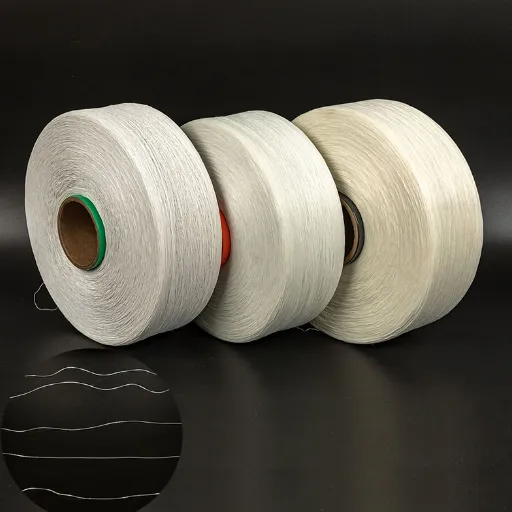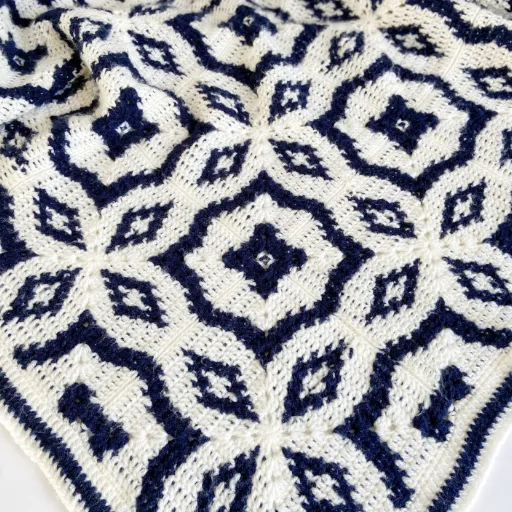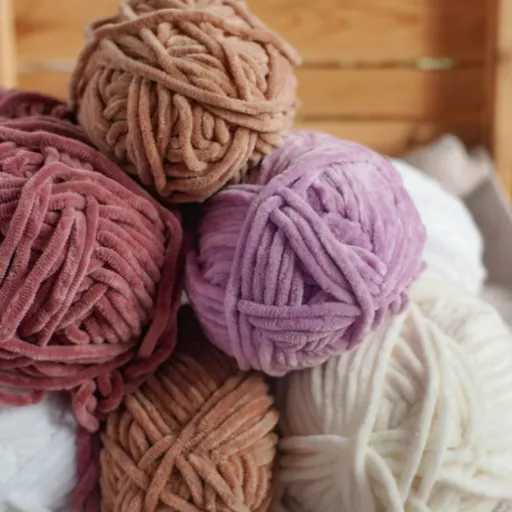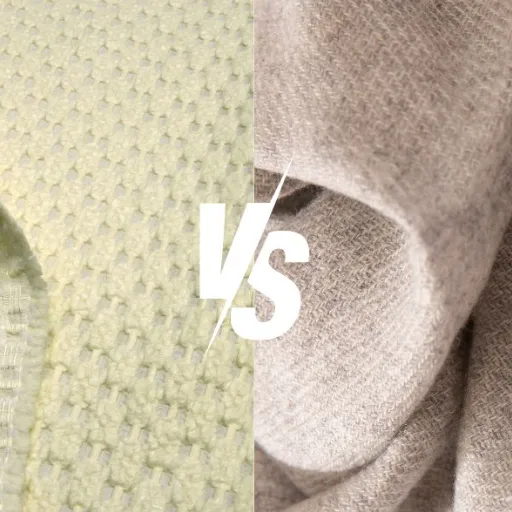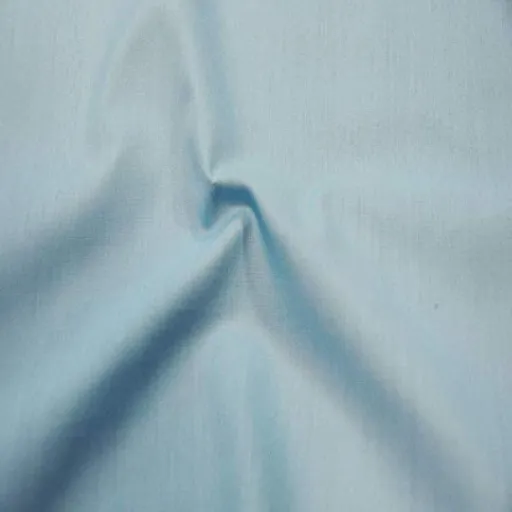Breathability is the defining feature by which fabrics are judged and weighed when it comes to choosing a perfect fabric for clothing, upholstery, or any outdoor purpose. Acrylic, being the widely used synthetic, often enters the two sides weighing the pros and cons of different fabrics. But how is acrylic -keeping breathability intact- going against the natural ones like cotton or wool and even a synthetic like polyester? This article goes into a detailed property evaluation of acrylic and how it performs for different applications as a guide to determine if it is the right choice for your needs. Come along with us, whether you care about comfort, durability, or functionality, to learn the truth about acrylic fabric and where it stands with its competitors.
Introduction to Acrylic Fabrics
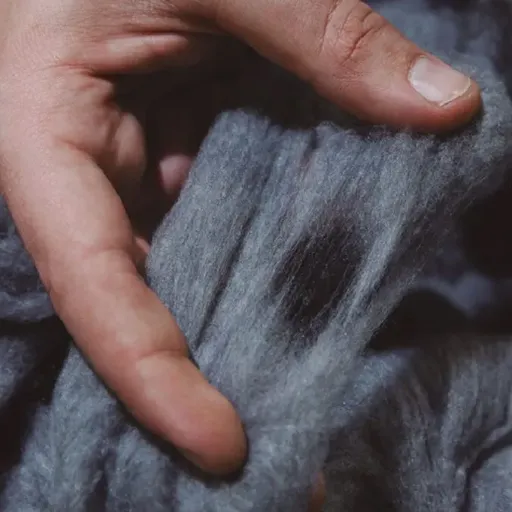
Understanding Acrylic: What is it?
It is therefore a synthetic fiber formed from polyacrylonitrile polymer. These fibers are manufactured through a chemical process consisting of the polymerization of acrylonitrile, a sort of petroleum or natural gas derivative. The fibers are lightweight, soft, and extremely wool materials that have become accepted as cheaper alternatives to true materials.
Durability is one of the key properties acrylic fabric has to offer. These fibers resist common problems such as shrinking, fading, and wrinkling, hence making them perfect where performance is expected to last. Acrylics also retain colors excellently as the fibers accept dyes well during the manufacturing stages and hence go very well with bright colors for garments, blankets, and upholstery.
Comfort and functionality go hand in hand with acrylic. Warm and insulating, it fits well in cold-weather clothing items like sweaters, scarves, and hats. Though warm, acrylic tends to be lightweight and easy to care for: just machine-wash and dryer-dry. In addition, it traps heat more than natural fibers and might not be the best pick if one is looking for moisture-wicking properties. In general, acrylic is another very versatile and budget-friendly option for all kinds of uses.
The Role of Acrylic in Fashion
Acrylic is of utmost importance in fashion today due to its low cost and versatility in the manufacturing process. This synthetic fiber is available for various kinds of clothing, in particular, cold-weather apparel such as sweaters, gloves, hats, and scarves. It can provide warmth and often softness just like natural fibers might, and waxes in weight that allows it to be accepted widely.
One key benefit of an acrylic fiber is that it is very low maintenance; unlike some natural fibers, acrylic can be washed on a machine and will not suffer shrinkage. It is considered excellent for everyday types of clothes. It comes in any color and texture a designer can imagine and thus can be incorporated into numerous types of design styles depending on the functional and aesthetic demand. In addition, compared to natural fibers, another huge consideration with acrylics is their cheap price enabling awareness among a leaner market, meant in fast fashion.
Nevertheless, certain limitations do exist regarding the use of acrylic in fashion. Though it is a very good heat-retaining material, it does not facilitate good air circulation and, therefore, is not applicable for warmer climates or for moisture-wicking clothing. Moreover, being synthetic, it has posed ecological threats, thus raising concerns to the truly aware consciousness of certain brands and consumers. Given the limitations, nonetheless, the arts still find a reason to remain in designing, especially for practical reasons and for cost issues.
Common Misconceptions about Breathability
A popular misconception is that breathability is the ability of a material to freely let the air through. In truth, a breathable fabric allows moisture and heat to come away from the skin and keep the wearer dry and comfortable. Another misconception is that thinner or lighter materials tend to be more breathable. While weight can aid in airflow above the skin, a fabric’s real breathability lies in how well the material wicks away moisture and its construction.
Poor misconception: that a synthetic fabric in general lacks breathability. The synthetic textiles may at one time have been thought to trap heat and moisture. Advanced technology has paved the way for the manufacture of synthetics capable of excellent breathability and moisture management. Many of these materials are intended for activewear so that they stay comfortable through intense physical activities. It is that interrelation between structure and the ability to handle moisture that constitutes the key.
Lastly, people grossly equate waterproof with non-breathable fabrics. These days, advanced waterproof membranes have water resistance and breathability properties since their microporous structure allows water vapor to pass through and blocks liquid water. One important factor in considering all these nuances is choosing fabrics for a particular use or condition, thereby promoting comfort and performance.
Acrylic Fabric Properties
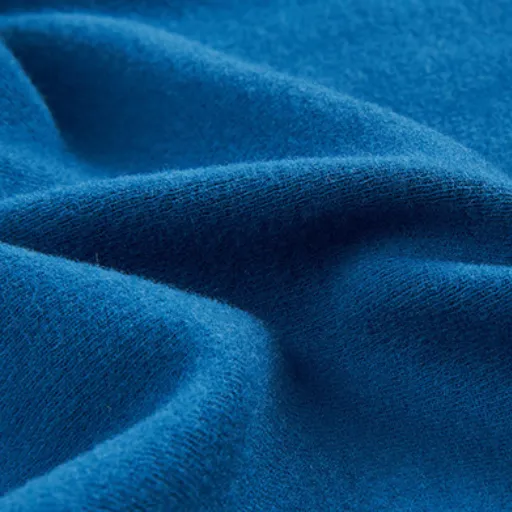
Composition of Acrylic Fabrics
Acrylic fabric is a synthetic material made primarily of acrylonitrile, which is petroleum-based. Fiber is formed via a polymerization procedure during which acrylonitrile monomers get chemically coupled to make long polymer chains. To modify their properties, usually, some chemical compounds such as vinyl acetate or methyl acrylate are added to the acrylonitrile during manufacture, which helps to modify softness, elasticity, and retention of dyes.
The fibers are lighter-weight acrylics and softer than wool, imparting acrylic fibers with the necessary tactile quality required for knitwear, blankets, and upholstery fabrics. Because of their atypical molecular structure, acrylic cloths resist UV degradation and weathering, making them perfect for outdoor use. They also impart water repellency and have medium resistance to mildew and staining.
Data from recent manufacturing developments show an increasing tendency for environmentally friendly acrylic production with recycled resources and reduced gas emissions from synthesis. While there have been environmental concerns recognized with conventional acrylic production, now companies are innovating to ensure minimal release of harmful by-products like hydrogen cyanide, while maintaining energy efficiency. The highly customizable properties of acrylic fibers study view adaptation in myriad sectors, split into apparel and home furnishings.
Moisture-Wicking vs. Breathability
These two properties are often discussed together when talking about the fabric, but they actually have different functions. Moisture-wicking means that the fabric pulls sweat away from the body and draws it across the material so that it evaporates quickly. This allows the body to stay dry and comfortable, especially when sweating due to physical activity. Polyester and polypropylene are fabrics that repel moisture through being non-absorbent; for this reason, they are commonly used in the sportswear industry.
Conversely, breathability refers to the envelopes of fabric that allow air to flow through them, taking the heat and moisture away from the body. This facility is needed for situations of prolonged heat exposure. Cotton or merino wool is most preferred for in natural breathability or comfort and is preferred for less strenuous activities.
If one were to couple moisture-wicking properties with breathability, a fabric would be created that would work perfectly under a broader range of conditions. Recent innovations have led to hybrid fabrics or blends that combine the fast drying of synthetics with the air passages provided by natural fibers.
How Acrylic Feels Against the Skin
Considered a synthetic fiber, the acrylic material holds a reputation for softness, warmth, and being cool to wear. To put it simply, acrylicwear against the skin feels smooth and pleasing, thus making it popular for winter garments such as sweaters and blankets. Industry insiders say that acrylic behaves similarly to wool in terms of softness, but unlike wool, it does not irritate sensitive skin.
Another reason for the popular use of acrylic fabric is insulation, as it has been designed to keep heat inside. Of course, one can never forget that with regard to breathability, acrylic fiber ranks way down in the chart compared to natural fibers such as cotton or merino wool. This can cause issues of feeling too warm or even discomfort when acrylic is used in hot environments. Studies show that acrylic has lesser moisture-wicking properties when compared to technologically advanced synthetic fabric blends, blocking its usage in high-intensity or high-sweat activities.
Acrylic, for instance, carries a fine name as it has good resistance to wear and tear. It can endure continuous washing and usage. Manufacturing data declare it as one of the best for color retention, which makes it a good choice for brightly colored garments. Its dark side, however, includes retaining odors and pilling with friction over time. These considerations may be prescient for selecting acrylic for given clothing activities or needs.
Acrylic vs Other Fabrics
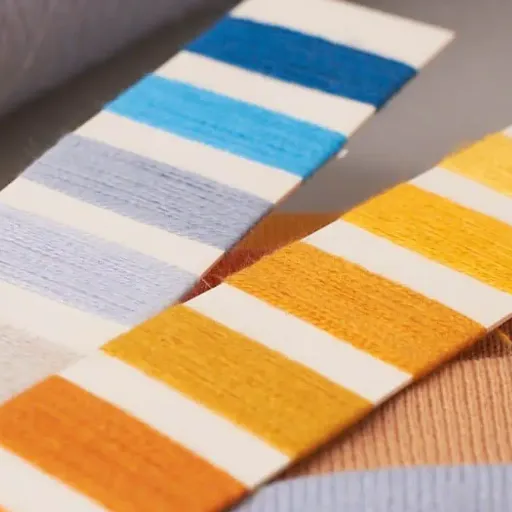
Acrylic vs Cotton: Breathability and Comfort
When considering breathability and comfort, there are huge differences between acrylic and cotton. Cotton, as a natural fiber, is highly breathable. It allows the air to pass freely through its fibers. Garments made from cotton are hence suitable for warmer areas or activities that generate heat because they help wick moisture away from the skin and keep it cool. Cotton fabric is also soft to the touch, giving the wearer more comfort for longer-wearing periods.
On the other hand, synthetic fiber acrylic is not as breathable as cotton. It retains heat very well and thus is good for cold-weather clothing. This heat retention is great for cold weather but tends to create discomfort in a warm environment as the heat and moisture breathed are trapped against the body. The Textile Institute also stated that acrylic has a very low moisture absorption rate, often below 1%, while cotton, on the other hand, can absorb moisture as much as 25% of its own weight. The difference would advocate for cotton to keep the wearer cool and dry.
Cotton, being a natural fiber, gives comfort, while acrylic, being synthetic, offers durability and ease of maintenance by resisting wrinkles and shrinkage better than cotton. So, ultimately, the choice between these two will depend on requirements like climate, activity level, and maintenance levels.
| Property | Acrylic | Cotton |
|---|---|---|
| Breathability | Low | High |
| Moisture Absorption | Below 1% | Up to 25% |
| Best Use | Cold Weather | Warm Weather |
| Maintenance | Easy (wrinkle-resistant) | Moderate (wrinkles easily) |
Acrylic vs Wool: Insulation and Warmth
Wool quite naturally grills the option insulation, heat retention, and resists a good stand of water absorption. Crimped fibers of wool build tiny air pockets that act as an insulator by trapping body heat. For cold weather, this is great because it keeps the body heat trapped even if the wool gets a bit wet, thanks to its moisture-wicking ability. On the other hand, wool is rather breathable, so one doesn’t feel too hot while in use.
Acrylic synthetic fiber has been widely acclaimed for its insulating characteristics, especially during cold weather. Lighter and often cheaper than wool, acrylic does not insulate quite as well because it does not trap heat as efficiently. It is also water-resistant and quick to dry, so it could be beneficial in damp conditions or light rain.
Usually, if you want maximum warmth and natural moisture management in your choice, wool is the better option. Acrylic, however, will provide reasonable insulation and is lightweight and easy to maintain. Weather, personal comfort, and the type of activity are all considerations that you will also want to factor in when making your decision.
Acrylic vs Polyester: Durability and Performance
In terms of durability, polyester tends to be the stronger counterpart. Made from polyester fibers, they are generally resistant to wear and other damages for permanent applications subjected to harsh conditions. Polyester hardly ever stretches or loses its shape, so polyester-based fabrics can handle increased wear and wash cycles.
Acrylics would be less durable than polyesters, in general. It comes with a fine touch and good insulation, but the fibers are most prone to pilling, which slowly changes the fabric’s appearance and feel over time. Also, acrylics may not be able to handle constant heavy strain, unlike polyesters, which makes them good for light or casual use.
Polyester exhibits superior moisture-wicking qualities, making it another good pick from a performance perspective. Polyester carries sweat off the skin, keeping the wearer dry and comfortable through exercise and movement. While acrylic insulates well, it does not breathe or dry as fast as polyester. For activities or situations where durability and all-around performance are needed, polyester is generally the reliable choice.
Benefits and Drawbacks of Acrylic Fabrics
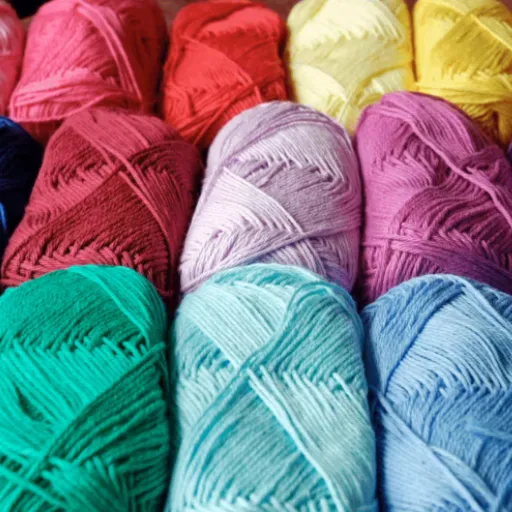
Pros of Choosing Acrylic Fabrics
Acrylic fabrics carry a long list of advantages, making them more desirable for one purpose or another. One of the primary advantages lies in their good insulating property, suitable for cold-weather clothing and blankets. They are lightweight and warm-so-there-is-comfort-without-bulk, an important characteristic for outdoorsy clothing like sweaters and jackets. Furthermore, acrylics resist moths, mildew, and ultraviolet rays, making them workable and durable even under trying conditions.
The other advantage lies in their relative affordability as compared to natural fibers like wool. Industry statistics have it that acrylic fabrics can be priced up to 40% less than wool, which allows the manufacturer and the consumer to buy on a budget. Acrylic is also lustrous with neither shrinkage nor wrinkles, demanding less maintenance in stark contrast to others. Acrylic clothing can usually be washed in a machine and dried in no time, thou’ quite handy for those needing convenience in their clothes.
Besides, innovations in acrylic production have enabled it to produce a vast range of textures and finishes. It will simulate softer wool or even silk from a natural point of view, while on the other hand, it gives backbone to superior durability. This flexibility makes acrylic a useful and chic choice for both fashion and interior design textiles.
Cons of Acrylic Fabrics in Different Conditions
While acrylic does guarantee versatility and durability, certain situations work against the fabric, and of one needs to be wary.
- Heat Sensitivity: Acrylic is very much sensitive to heat, and, under excessive heat, the temperature may actually melt or alter the texture. For example: A simple yet dangerous mistake of ironing an acrylic outfit at a very high temperature may lead to permanent that very unfortunate damage. Its usage, therefore, in any heat dissipation type of condition or in the industrial field, would be greatly limited by this property.
- Environmental Impact: Being a synthetic fabric, acrylic is glide down the non-biodegradable path due to its origin from petroleum-adulterated chemicals. To add more fuel to the fire, acrylic manufacturing can pollute the environment by releasing harmful emissions into both air and water.
- Moisture-Wicking Limitations: Contrary to natural fibers like cotton or wool that have slight moisture-wicking qualities, acrylic fibers scarcely have this extremely desirable characteristic. Therefore, any sweat that is generated gets trapped with the heat against the skin, and this could prove uncomfortable for wearers in hot and humid climates.
- Pilling and Static: Pilling is a common problem with acrylics, and it generally gets worse over time, perhaps especially in spots that get a lot of the underarm area of a jacket or skirt for example, and along seams. Also, they are willing to generate static charges that result in discomfort plus lint or dust attraction.
- Allergen Potential: Some people develop skin irritations or allergies to acrylics or acrylic-containing fabrics, especially if they have not been pre-treated to soften them down adequately during processing. Hence, it is never really the best choice for anyone with sensitive skin or allergies.
Acrylic fabrics retain popularity for being affordable and adaptable, these drawbacks being something to consider concerning the intended use and maintenance of the article before choosing it over natural or other synthetic materials.
Comparative Analysis: Acrylic and Other Fibers
If we compare acrylic with cotton, wool, polyester, and nylon, each of these fiber types actually has an advantage and disadvantage that depends on the way it is intended to be put into use. Acrylic is an inexpensive fiber that feels like an affordable wool; thus, it should be a perfect fit for sweaters, blankets, and such. On the other hand, it is less breathable than natural ones, such as cotton and wool, and less environmentally friendly.
| Comparison Factor | Details |
|---|---|
| Durability and Maintenance | Acrylic fibers are considered to be lightweight, yet durable, and are resistant even to pests like moths. This makes it easier to keep clean and is less likely to shrink as opposed to wool. However, few other fabrics resist wear-and-tear better than polyester when through heavy use. On the contrary, nylon is more resistant to abrasion than either acrylic or polyester, though maybe not so soft as acrylic. |
| Environmental Impact | Cotton, while less impactful on the environment due to its biodegradability and renewable nature, still poses ecological problems because of the high water and pesticide demands of conventional cotton farming. Although wool usually decomposes, there are animal-welfare concerns within the production process. Being petrolytic synthetic fibers, acrylic, polyester, and nylon each portray a major environmental disadvantage with being non-renewable and releasing microplastics into the water body while washing. As opposed to polyester and nylon, among the least environmentally friendly options are acrylics that shed microplastics at an even greater rate. |
| Comfort and Aesthetics | Natural fibers like cotton and wool provide comfort because of their breathability and moisture-wicking capacity. Acrylic provides a feel somewhat like wool, in terms of softness and warmth, but less irritation can be caused for some people, whereas it may still pose problems for those allergic or sensitive to it. Polyester and nylon are versatile and moisture-resistant but do not provide the plush warmth that acrylic does. |
| Cost Efficiency | Acrylic continues to rank as one of the less expensive synthetic fibers, thus affording consumers on budgets some price flexibility. Wool and cotton usually carry higher prices because they are natural and require more processing. Polyester and nylon, technically synthetic, sharply take the higher side of the price chart as they provide better performance. |
Practical Advice for Consumers
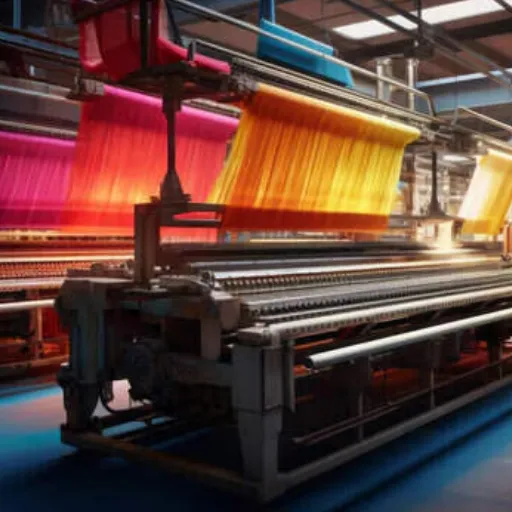
When to Choose Acrylic Clothing
Acrylic clothing should be on your list when warmth and affordability are two things you consider most important. The power of this fiber lies in its lightness and softness, with the ability to imitate wool well, especially when it comes to cold-weather clothes like sweaters, scarves, and gloves. Also, because acrylic resists shrinking and wrinkling, the item should present itself well with less effort put toward maintenance, perfect for everyday use.
If durability and easy-care are on your consideration list, then acrylic is an apt choice. Fading, having a little of that, the fabric retains a color well, thus making it ideal to be in worn items that need to stay that way. On top of that, it dries very quickly and is sometimes machine washable, so there’s convenience for a busy lifestyle.
Acrylic could be a useful option for people with sensitivities to natural fibers. Unlike wool, acrylic is generally softer and does not cause itching among people. If one is looking for softness with style at a down-to-earth price, acrylic clothing is just the answer.
Situations to Avoid Acrylic Fabrics
Acrylic fabrics should be avoided when situations of high heat come into being. This fabric is very sensitive to heat and it melts or gets damaged when exposed to very high temperature, such as during ironing or when held close to an open flame or a high heat source. Hence, it is less desirable to use in the kitchen or outside, where fires could be a possibility, such as during campfires.
Going with another scenario where acrylic might be less than ideal would be in an atmosphere filled with extreme moisture and friction. Acrylic fabrics can pill or lose their beauty over time if subjected to excessive wear and tear. Hence, for Acrylic fabrics subjected to too much stress in, say, activewear or heavy-duty application, one should be looking at alternative materials specifically engineered for such durability.
Finally, if sustainability is of paramount importance for someone, acrylic fabrics might ideally be avoided. These fibers are composed of synthetic polymers, which are not biodegradable and hence add to the environmental challenge of microplastics. Thus, it becomes obvious to opt for natural fibers or recycled materials in case of a serious eco-consideration.
Personal Comfort and Activity Considerations
When for personal comfort and activity, the key rests on what the world of your particular lifestyle requires and how the fabric meets those needs. For active, high-intensity uses, the fabric needs to be breathable and can wick away moisture so that you stay dry and do not carry the heat. Natural fibers such as cotton or bamboo feel good and soft against the skin; however, they tend to be poor in sweat management; hence they would do better for casual work or low-intensity workouts.
Durability is another important parameter for assessment and becomes paramount for people dealing with outdoor or physical work. Fabrics like nylon or polyester are developed to resist wear and tear, and their value lies in weightlessness. These artificial options may also grant some flexibility to resisting stretch or shrinkage along the way, thereby increasing the usage time span. If one is not really bothered about durability, then they will have either wool or silk to provide them with pleasant softness.
A last important thing is to check on the fabric if you have sensitivities or skin conditions. Some chemical finishes may irritate sensitive skin, whereas an organic cotton could provide a much safer alternative. By analyzing how these fabrics will suit your planned activities, your very own activities, and in balancing comfort with function, it is possible to make an informed choice made just for you.
Frequently Asked Questions (FAQ)
Is acrylic a breathable textile?
Climate-wise, it is the least fit due to acrylic being considered one of the least breathable synthetics. Whereas it can provide insulation and keep warmth inside, acrylic does not support air circulation when placed in an airplane; this makes it fast to weave against warmer weather as compared to a cotton or wool fiber.
What types of acrylic fabrics are there?
Being some types of acrylic fabric, they learn to be woven or knit. These fabrics may exist in various weights or textures used for several applications from sweaters to athletic wear.
How well does acrylic breathe compared with wool?
Cheaper and easier to care for, acrylic has been widely accepted as a good alternative to wool. The fact remains, though, acrylic fiber simply does not breathe well as wool, thus it scores negatively on comfort in warmer conditions.
What is the manufacture of acrylic fiber?
Acrylic fiber is made from acrylonitrile, a petrochemical. The process involves polymerization, wherein acrylonitrile is spun into yarn and then woven or knitted into fabric.
Can acrylic be worn in warm weather?
You can wear acrylic in warm weather, but it can be uncomfortable since it’s less breathable than natural fibers. It is best to go for lighter acrylic clothes or to blend acrylic with cotton or some other breathable fabric.
What are the main advantages of acrylic fabric?
Acrylic fabrics are lightweight, abrasion-resistant, and easy to maintain. They resist wrinkles and fading, hence acrylic fabrics are preferred in making all sorts of clothing, from sweaters to athletic wear.
How are acrylic garments washed?
Washing acrylic is usually pretty easy; machine washing with a gentle cycle should suffice. Keeping the temperatures low during any part of the washing/ drying process is suggested to preserve the fabric.
What differentiates acrylic and polyester fibers?
Both are synthetic fibers, having different properties. Polyester is preferred for its strength and breathability, whereas softer and lightweight acrylic is considered less breathability as compared with polyester.
Are there any applications of acrylic fiber in protective clothing?
Yes, they can be used in protective clothing because of their durability and insulation properties. However, the selected type of acrylic fabric may have to be carefully considered to ensure that it has sufficient breathability.
What makes acrylic a popular material for textiles?
Acrylic is so popular simply because it is cheap, versatile, and available in numerous colors. It can mimic natural fiber and yet bestow specific performance characteristics suitable for a number of applications.
References
- Two Common Fabrics, Acrylic Vs Polyester – Discusses the breathability of acrylic compared to other fibers.
- What is Acrylic Fabric: Properties, How it’s Made and Where – Explains why acrylic is one of the least breathable fabrics.
- What is Acrylic Fabric? – Highlights acrylic’s low breathability and its applications.
- What is Acrylic Fabric Material? Good or Bad? Is it Toxic? – Discusses the lack of breathability in acrylic and its implications.
- What Is Acrylic Fabric? | Acrylic Fabric – Details acrylic’s breathability and its suitability for heat-retention purposes.









